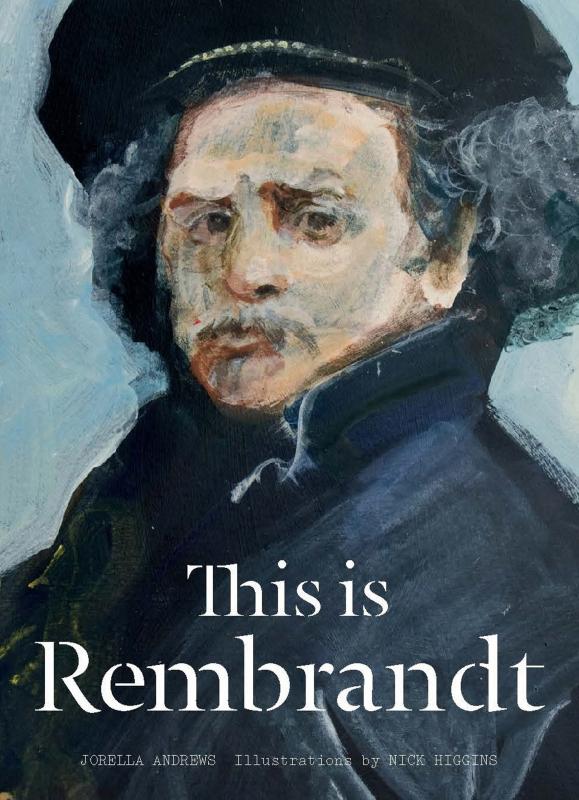
Rembrandt van Rijn is probably the most famous Dutch painter of the seventeenth century. His works are greatly loved today, but he was not always so well regarded. His life was one of a dramatic rise and fall, unfolding during the Golden Age of the newly formed Dutch Republic. Rembrandt’s public acclaim and wealth as a painter came to him as a very young man. His images were vigorous, psychologically compelling but also often less-than-flattering. By his middle age taste had shifted to more idealized visions, and by the time of his death in 1669 Rembrandt was destitute. But whether the public was with or against him, Rembrandt continued to paint with the same passion, and arguably the art he produced in his final, destitute years is his most intimate, sensitive and open. About the AuthorJorella Andrews is head of the Visual Cultures department at Goldsmiths, University of London. She is the author Merleau-Ponty and the Questions of Painting and Showing Off: A Philosophy of Image. She is also the series editor ford Visual Culture As, the first three titles of which have been published by Sternberg Press (Spring 2013).
| Categorie | Carte straina |
|---|---|
| Magazin | carturesti.ro |
| Marca | Laurence King Publishing |
